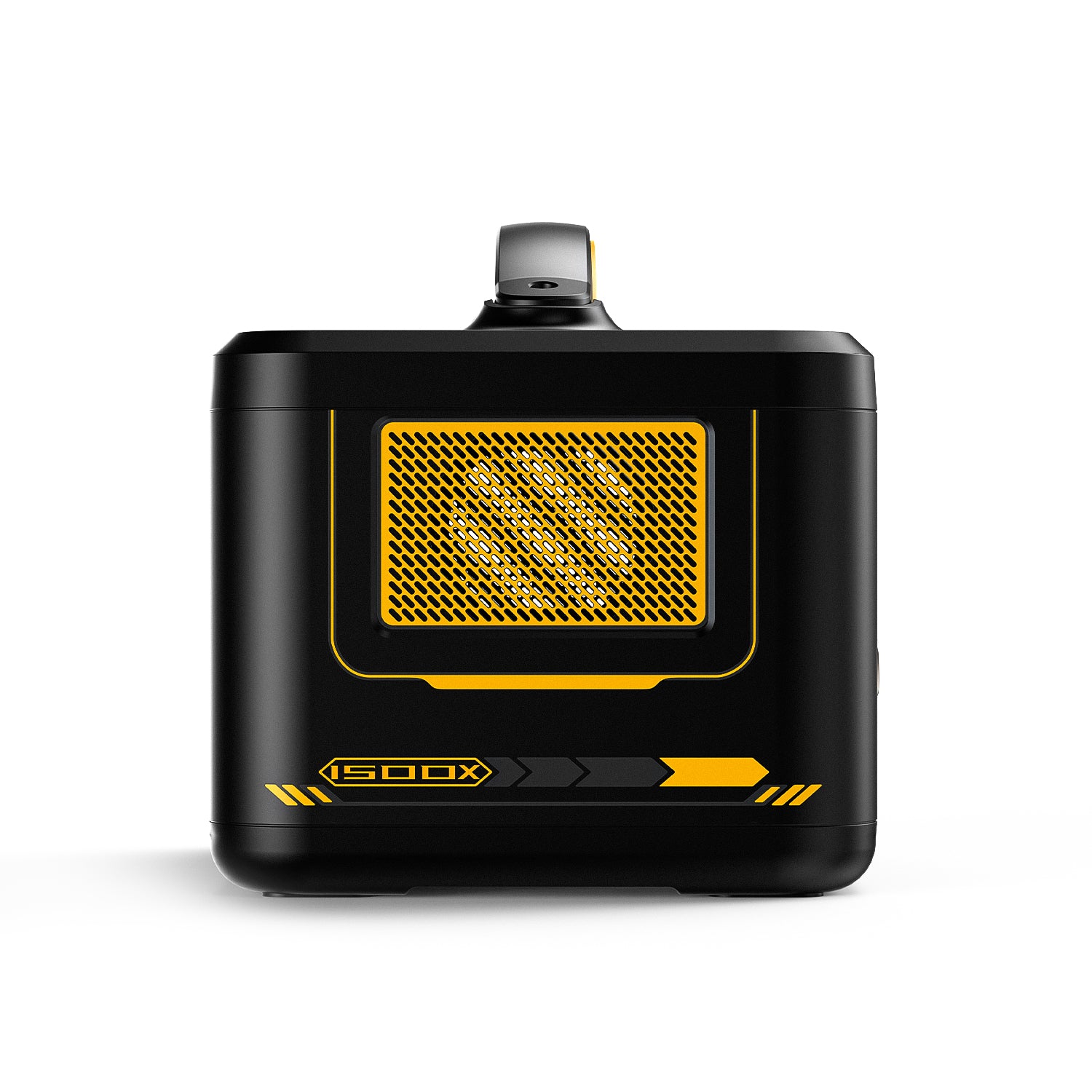When it comes to enjoying the great outdoors, camping is a popular choice for many. However, one of the challenges of camping is ensuring a reliable source of power. This is where camping generators come in handy. In this article, we will provide you with a comprehensive guide to understanding and operating camping generators, so you can make the most out of your camping experience.
Understanding Camping Generators
Camping generators are portable devices that provide electrical power in outdoor settings. They are designed to be compact, lightweight, and easy to transport, making them ideal for camping trips. These generators typically run on gasoline, propane, or solar energy, and convert it into electricity that can power various camping appliances and devices.
One of the key considerations when choosing a camping generator is its power output, measured in watts. It is important to assess your power needs before selecting a generator to ensure it can handle the load. Common camping appliances such as lights, fans, refrigerators, and portable stoves have different power requirements, so it is essential to choose a generator that can meet those needs.
Operating a Camping Generator
Operating a camping generator may seem daunting at first, but it is actually quite straightforward. Here are the basic steps to get you started:
Step 1: Read the Manual
Before using any camping generator, it is crucial to read the manufacturer's manual. This will provide you with specific instructions on how to operate and maintain the generator safely. Familiarize yourself with the controls, safety features, and any maintenance requirements.
Step 2: Fueling the Generator
Most camping generators run on gasoline or propane. Follow the manufacturer's instructions to fuel the generator properly. It is important to use the recommended fuel type and avoid overfilling the tank. Always refuel in a well-ventilated area and away from open flames or sparks.
Step 3: Starting the Generator
Once fueled, it's time to start the generator. Some models have a pull-start mechanism, while others may have an electric start button. Follow the instructions provided by the manufacturer to start the generator safely. It is important to let the generator run for a few minutes to stabilize before connecting any devices.
Step 4: Connecting Devices
Now that the generator is running, you can start connecting your camping appliances and devices. Most generators have multiple outlets, including standard AC outlets and USB ports. Make sure to use appropriate extension cords and adapters if needed. Remember to distribute the load evenly across the outlets to prevent overloading the generator.
Choosing the Right Camping Generator
When selecting a camping generator, there are several factors to consider:
Power Output
As mentioned earlier, assessing your power needs is crucial. Determine the total wattage of the appliances and devices you plan to use and choose a generator with a slightly higher power output to accommodate any additional needs that may arise during your camping trip.
Portability
Since camping generators are meant to be portable, it is important to consider their size and weight. Look for generators that are compact and lightweight, making them easy to transport and store in your camping gear.
Noise Level
Some generators can be quite noisy, which can be disruptive to the camping experience. Look for generators that are specifically designed to operate quietly, allowing you to enjoy the tranquility of nature without any unnecessary noise pollution.
Fuel Efficiency
Efficiency is another important factor to consider. Look for generators that offer longer run times on a single tank of fuel. This will not only save you from frequent refueling but also reduce the environmental impact of your camping trip.
In conclusion, camping generators are essential tools for any outdoor enthusiast. They provide a reliable source of power, allowing you to enjoy the comforts of home while exploring nature. By understanding how camping generators work and following proper operating procedures, you can ensure a safe and enjoyable camping experience. So, pack your camping gear, choose the right generator, and embark on your next adventure with confidence!
